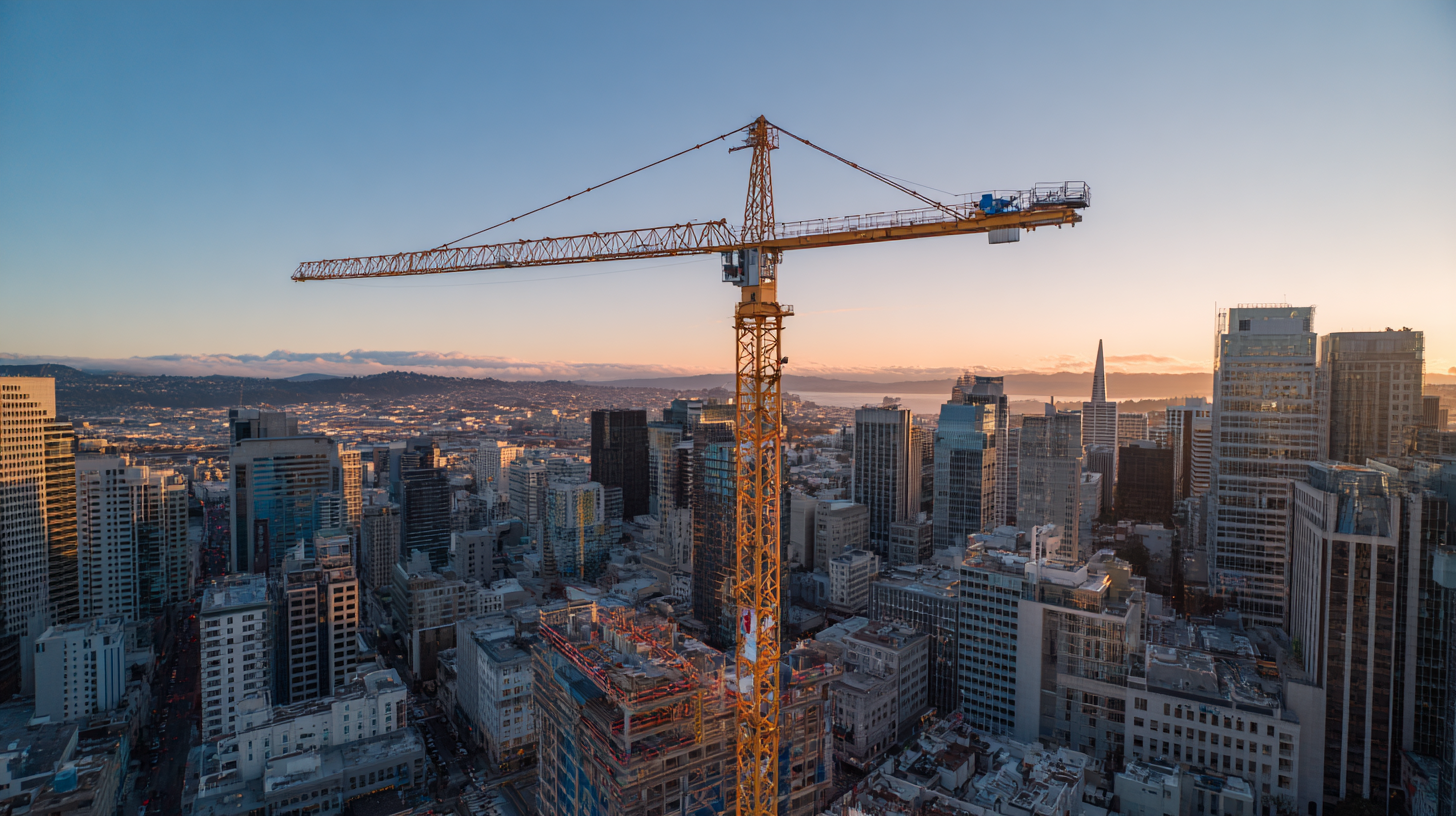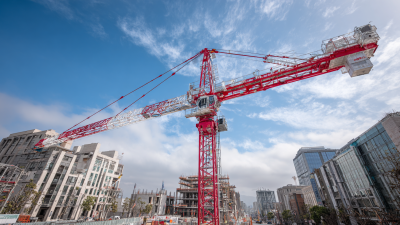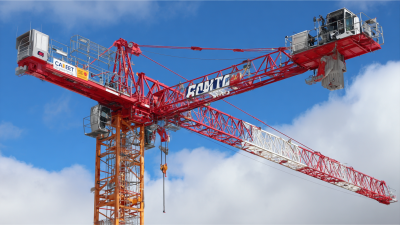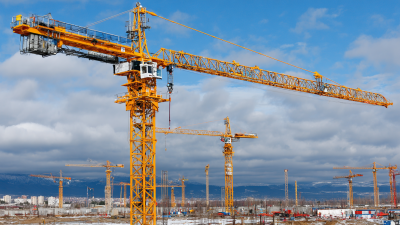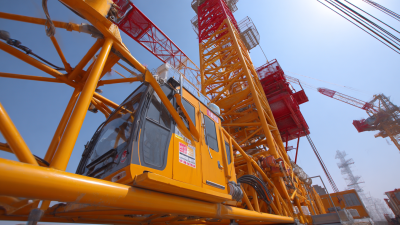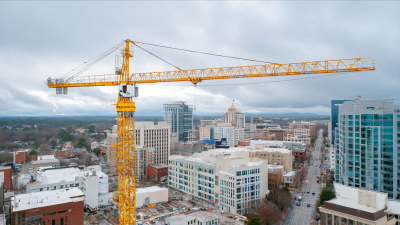The construction industry is undergoing a significant transformation, and at the forefront of this evolution is the Tower Crane Rental sector. With the global tower crane market expected to grow at a CAGR of 7.5% from 2023 to 2030, reaching an estimated value of $3.2 billion by the end of the forecast period, it is crucial for stakeholders to understand the innovations shaping this landscape. From advanced telematics and digital logistics to automation and sustainability initiatives, the Tower Crane Rental industry is embracing cutting-edge technologies that enhance efficiency and safety on construction sites.
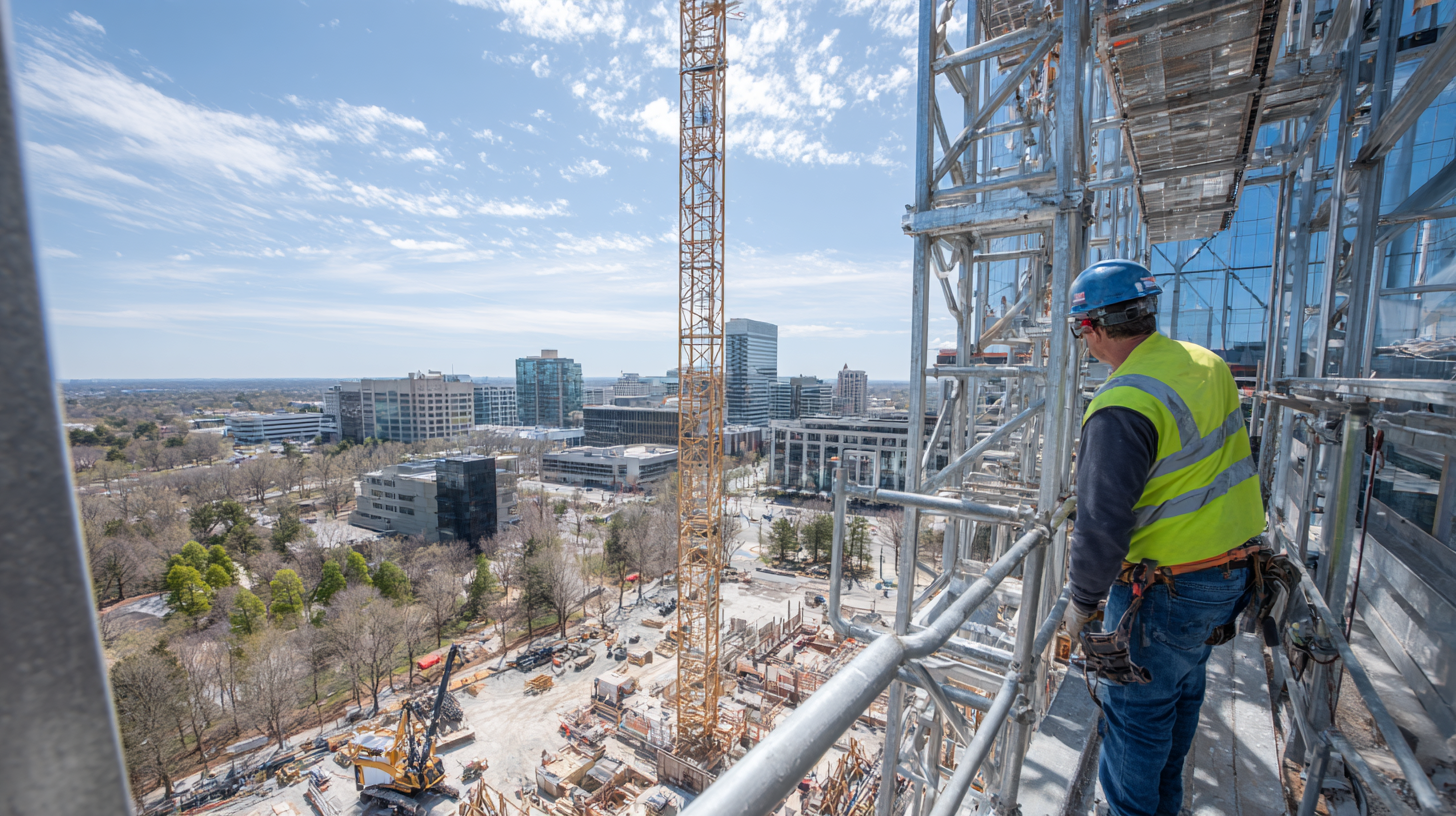
As we delve into the future of tower crane rental, this blog will explore the key innovations and trends that are set to redefine how projects are managed and executed, ultimately shaping the way we build for tomorrow.
The construction industry is on the brink of a technological revolution, especially in the realm of tower crane rentals. As the market is projected to reach a staggering USD 22.1 billion by 2030, innovations in technology are playing a pivotal role in enhancing crane efficiency. Advanced features such as remote monitoring, automation, and smart sensors are redefining how cranes are utilized on job sites, thus improving safety and productivity.
To maximize the benefits of these advancements, companies should consider investing in training for their operators on new technologies. Keeping your workforce informed about the latest equipment can lead to better utilization and a significant boost in project timelines.
Additionally, with the emergence of larger and more capable cranes, projects—especially in sectors like offshore wind—are experiencing efficiency gains. By upgrading to newer models, companies can not only enhance their operational capabilities but also reduce downtime significantly. Embracing these innovations will be critical for businesses looking to thrive in the evolving landscape of construction.
As the construction industry evolves, the importance of eco-friendly practices has become paramount, influencing how tower cranes are rented and utilized. One significant trend is the growing adoption of hybrid and electric cranes, which not only reduce carbon emissions but also lower operational costs. These innovations are pushing rental companies to update their fleets, offering clients more sustainable options that align with environmental regulations and corporate responsibility goals.
In addition to machinery updates, there is a noticeable shift towards more efficient logistics and project management software that minimizes resource wastage. Real-time tracking of crane usage allows for optimized scheduling and resource allocation, significantly reducing idle time and energy consumption. Furthermore, rental companies are beginning to incorporate lifecycle assessments into their processes to ensure that sustainability is at the forefront of their operations. By embracing these trends, the tower crane rental industry is not just adapting to immediate pressures but is actively contributing to a greener future in construction.
The construction industry is undergoing a significant transformation with the advent of modern tower crane solutions that prioritize
cost-effectiveness. Today's cranes are designed not only for efficiency but also for
reduced operational expenditures. Innovations such as advanced telematics enable
real-time monitoring of crane performance and maintenance needs, effectively minimizing
downtime and unexpected repair costs. This proactive approach empowers contractors to
manage their budgets better, ensuring that projects stay on track and within financial limits.
Furthermore, the integration of modular design into tower cranes allows for faster assembly and disassembly, which translates into
substantial savings on labor and time. These cranes can be easily adapted to various
site conditions, optimizing their usage for different types of projects. By employing modern, versatile tower cranes, construction firms can
enhance productivity while significantly lowering costs associated with traditional crane rental methods. As these innovations continue
to take root, they are reshaping not only the logistics of construction projects but also the
financial landscapes of the companies that operate within this ever-evolving sector.

As the construction industry evolves, safety innovations are at the forefront of improving tower crane operations and rental services. With the global tower crane rental market projected to reach $22.1 billion by 2030, the emphasis on safety within this growing sector is increasingly paramount. Recent recommendations from industry watchdogs aim to close existing gaps in crane safety, ensuring that operators and workers are better protected at job sites.
Implementing advanced technology such as real-time monitoring systems and automated safety checks can significantly enhance operational safety. By utilizing cutting-edge sensors and alert systems, rental companies can foresee potential hazards and take preventative measures before accidents occur. This not only safeguards workers but also mitigates the risk of costly project delays.
Tips for ensuring safety in tower crane operations include regular maintenance checks and comprehensive training programs for operators. Emphasizing continuous education on the latest safety protocols and equipment operation can contribute to a safer working environment. Additionally, fostering a culture of safety awareness among all site personnel ensures that safety remains a top priority throughout the construction process.
| Innovation | Description | Impact on Safety | Impact on Efficiency | Years of Adoption |
|---|---|---|---|---|
| Smart Sensors | Advanced sensors monitor crane conditions in real-time. | Improve operator awareness of potential hazards. | Reduce downtime through predictive maintenance. | 2021 - Present |
| Remote Monitoring | Remote access to crane operations for off-site monitoring. | Enhances safety by allowing off-site specialists to assist on-site crews. | Improves operational efficiency with real-time data analysis. | 2020 - Present |
| Automated Load Management | Automatic load monitoring and adjustment to prevent overloading. | Minimizes accidents due to overload conditions. | Increases lifting precision and speed. | 2019 - Present |
| AR Safety Training | Augmented reality tools for training crane operators. | Improves safety training outcomes and reduces accidents. | Fast-tracks operator skill development. | 2022 - Present |
| Telematics Integration | Integration of telematics for operational data collection. | Enhances overall site safety and equipment usage. | Optimizes crane utilization rates. | 2023 - Present |
In the fast-evolving construction industry, data analytics is playing a critical role in enhancing crane utilization and maintenance. With the advent of advanced technologies, construction companies can now gather real-time data from cranes, allowing for more efficient scheduling and deployment. By analyzing this data, companies can optimize crane operation, reduce downtime, and ultimately save costs.
Tip: Regularly monitor and analyze performance metrics of cranes to identify patterns that may indicate wear or inefficiency. This proactive approach can help in scheduling preventive maintenance before major issues arise.
Moreover, predictive analytics can forecast potential equipment failures by analyzing historical data and usage patterns. This capability not only minimizes unexpected breakdowns but also extends the lifespan of the cranes.
Tip: Implement an automated data collection system to track crane usage and maintenance history. This data can be invaluable for making informed decisions regarding fleet management and resource allocation.
Integrating data analytics into crane rental processes represents a significant leap towards optimizing construction operations and ensuring safety on-site.
